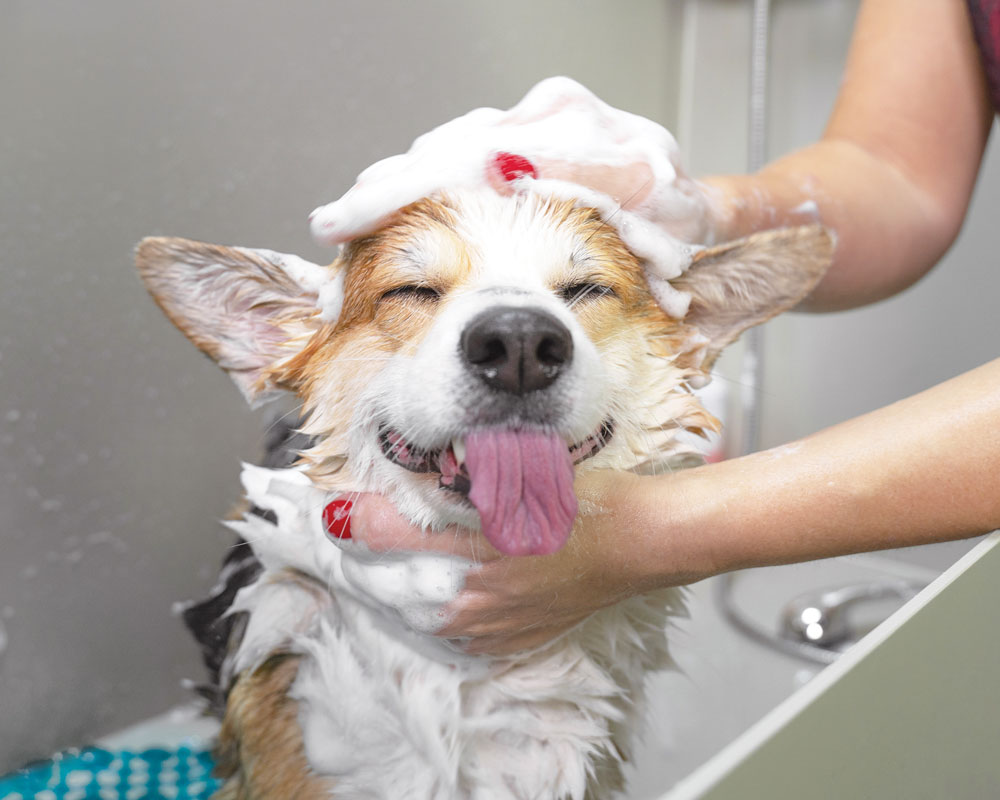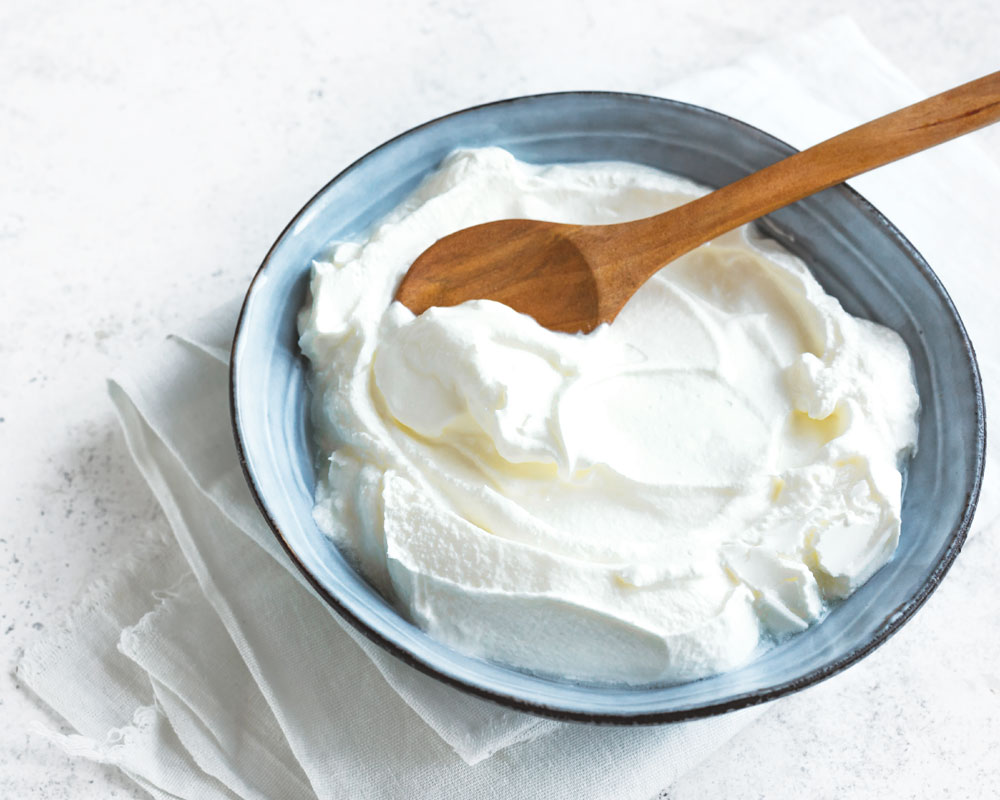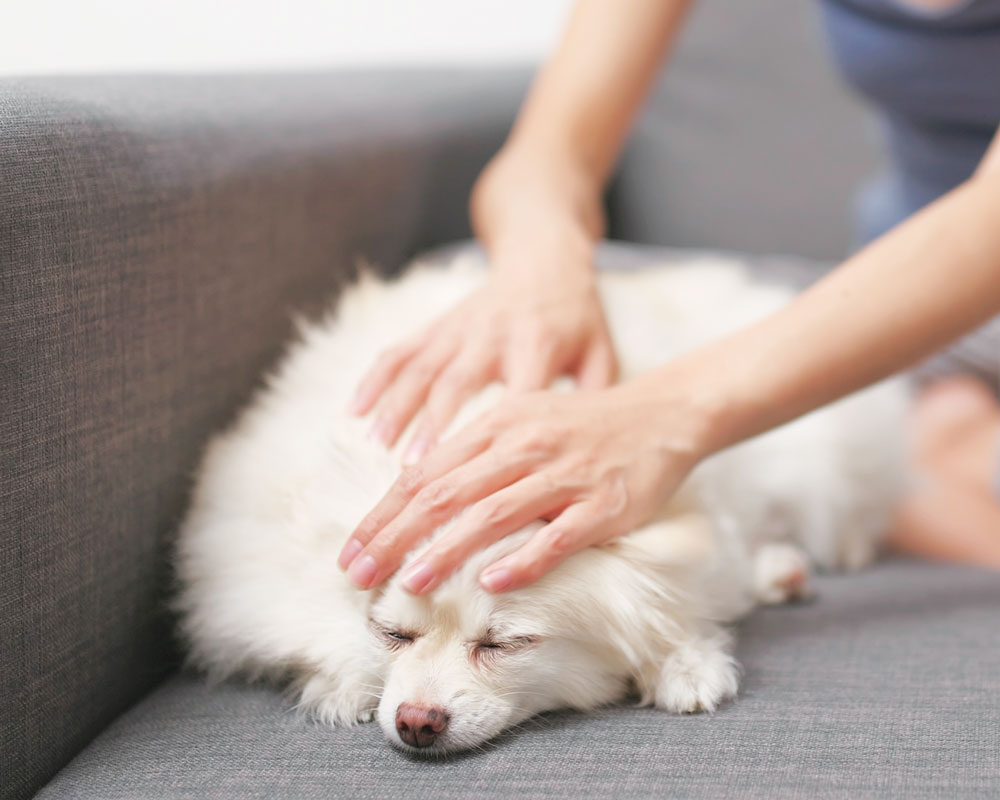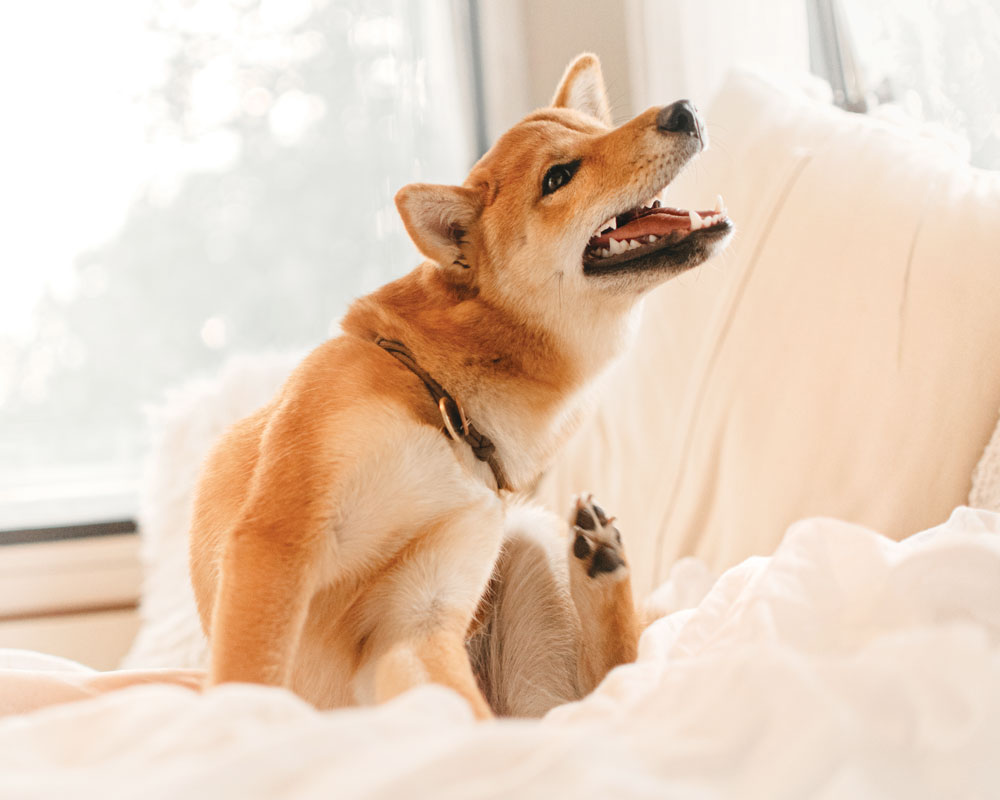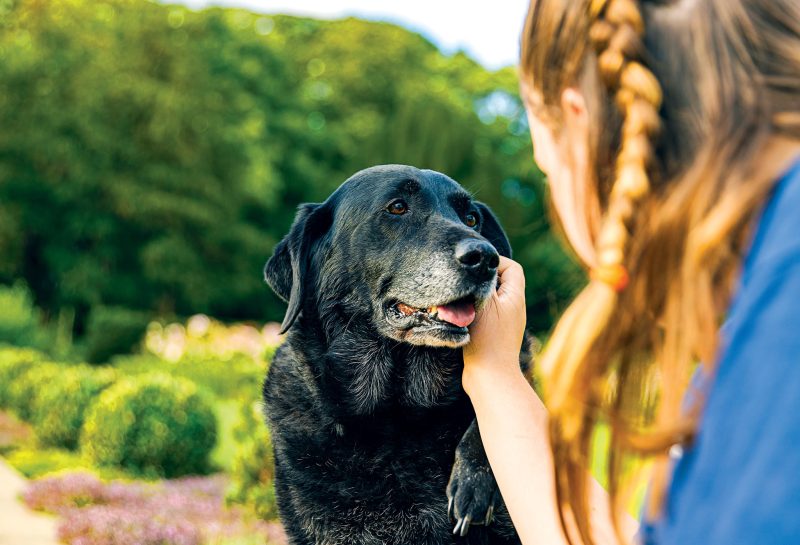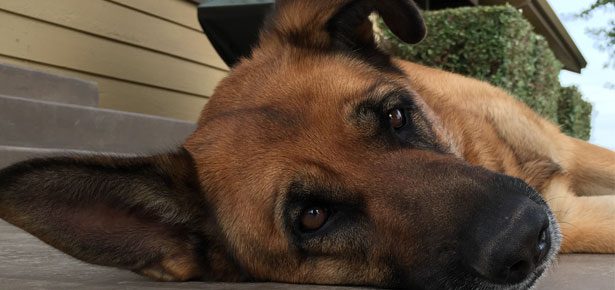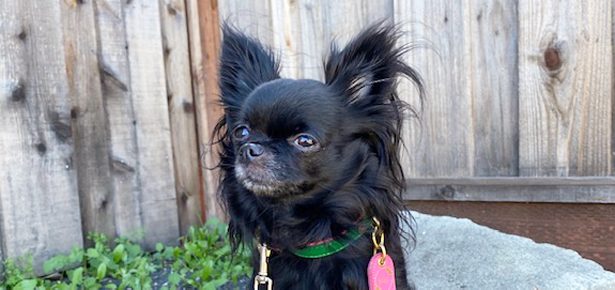

At-Home Treatments for Canine Skin Conditions
Natural remedies for your dog’s skin problems
The skin is the largest organ in the body, protecting dogs from everything in the world outside them. The biggest player in guarding against chemicals and the environment is the skin microbiome: the accumulation of bacteria, yeasts, and parasites. We all know the importance of a healthy ecosystem in the gut. Science is now realizing the role of the skin’s ecosystem, revealing that, like gut flora, it’s paramount in preventing allergies, skin disease, and autoimmunity, and protecting against infection and inflammation.
Just as we’ve disrupted our dog’s natural flora in the gut with antibiotics, poor quality nutrition, stress, lifestyle, and drugs, so we have done with the skin!
Thankfully, there are natural ways to improve the skin microbiome and get our animals back on the right track to healthy skin.
Photo by Masarik/bigstock.com
#1 To Bathe or Not to Bathe
When a dog presents with skin issues, the “hygiene hypothesis” makes us believe we need to bathe, bathe, bathe, when in fact this causes the destruction of the body’s natural skin biome ecosystem, leaving it way more vulnerable to pollution and bacteria. Shampooing your dog weekly, monthly or even sometimes just yearly, and using topical antimicrobials or antibiotics all cause and contribute to your dog’s skin disease and allergies—and possibly your ill health too. Plus, the antibiotics help create drug-resistant superbugs and viruses.
Let your dog play in the dirt!! Not letting your dog get and stay dirty is probably the most important issue! That’s right! Mud, soil, manure, other dogs’ saliva, just plain old-fashioned dirt. Dogs and people used to get dirty: we gardened, they dug holes, ran through mud and played in everything. Today, everything and everyone lacks dirt and getting dirty. Stop bathing and let your dog’s natural microbiome do its job!
Photo by mizina/bigstock.com
#2 Probiotics—Not Just for the Gut!
Just as they do for the internal microbiome, probiotics can work wonders for the skin microbiome. Make a yogurt or kefir mask for your dog’s skin and coat. Use three tablespoons of organic yogurt or kefir and add half a teaspoon of a probiotic that has at least 10 strains and 30 billion CFU. Increase the amount of yogurt or kefir as needed for the size of your dog and cover her in the mixture. Leave it on for at least half an hour and rinse with just water. If you have to use any soap, use liquid Castile soap (it’s great as a household cleaner too).
Photo by eungchopan/bigstock.com
#3 A Healing Touch
Touch your dog! Many studies have shown that children raised with dogs in their homes are much less likely to develop allergies and autoimmune issues… but what about the other way around? Touching our dogs, especially if we’re dirty and sweaty, allows for cross species diversity and “seeding” to create a diverse microbiome for your dog and you! If your dog is really suffering with skin disease, try rubbing your body all over with a dry cotton towel BEFORE your shower and then wipe your dog with it, or lay it across her bed. To me, hugging and cuddling is even better but if you’re apprehensive about doing it with a dog who has severe skin disease then this is an alternative. One of the saddest things I’ve ever seen is when a family stops touching their dog because she’s smelly or looks “diseased,” causing her to become emotionally isolated. Add a stupid plastic cone to the mix, and now you know why it’s a huge passion for me to try and get to the bottom of the epidemic of skin problems in dogs.
Photo by Ksuksa/bigstock.com
#4 Homeopathy to the Rescue
Homeopathy uses tiny amounts of natural substances, like plants and minerals, to stimulate the healing process.
Apis (Bee venom) Use when your dog has: dry, intensely red skin covered with whitish or transparent flakes and marked swelling of the affected area. The marked burning and itching may be ameliorated by cold bathing or even ice-packs.
Rhus Tox (Poison ivy) Use when your dog has: contact dermatitis or a contact allergy. This presents as fiercely itchy skin, often with oozing or discharge, or dry, red, chapped, raw skin—often looks like they have poison ivy. This dog will be very restless from the itch and can feel better if they go for a walk but as soon as they stop they itch again.
Belladonna Use when your dog has: inflamed, hot and swollen skin, fever, enlarged lymph nodes, and/or is generally feeling terrible.
Arnica Use when your dog has: overall pain; when it looks like your dog doesn’t want to move or be touched and just feels sick all over.
Chamomilla (Chamomile) Use when your dog has: sensitive, painful urticaria/hives, often with irritability or restlessness. This dog will be averse to being approached or touched because their skin hurts. Chamomile can also be used as a topical to soothe itchy, irritated skin. Brew a strong tea, then add a little extra water, rinse your dog with the tea and leave on.
Sulfur Use when your dog is: smelly, sweaty, and hot to the touch. This dog seeks out cool places and feels better when cool.
Nat Mur Use when your dog has: dry, flaky skin. This dog may go away to hide when itchy and may be sad and depressed from the itch.
Graphites Use when your dog has: itchy, thickened skin that exudes honey-coloured fluid.
How to administer: Try a 30c potency of the remedy that is most indicated and give every eight to 12 hours for three doses, ONLY then stop. If, at any point, your dog is worse, do not give the next dose.
If, after four days, there is no change whatsoever, move to a different remedy. If your dog improves but then starts to decline, repeat the remedy the same way.
For dogs who are in great distress you can use a single dose of arnica 200c and aconite 200c together. If it helps calm them down you can use as needed, up to once daily until the indicated remedy starts to work and to give the other tools you are using a chance to help on a deeper level.
Sending love to you and your animals. You’ve got this.
*As always, check with your vet before starting any new protocol.
Join the newsletter and never miss out on dog content again!
"*" indicates required fields
By clicking the arrow, you agree to our web Terms of Use and Privacy & Cookie Policy. Easy unsubscribe links are provided in every email.
